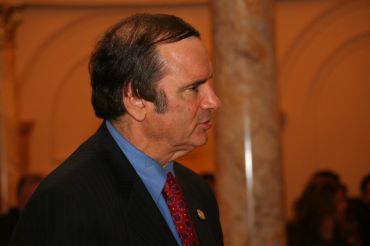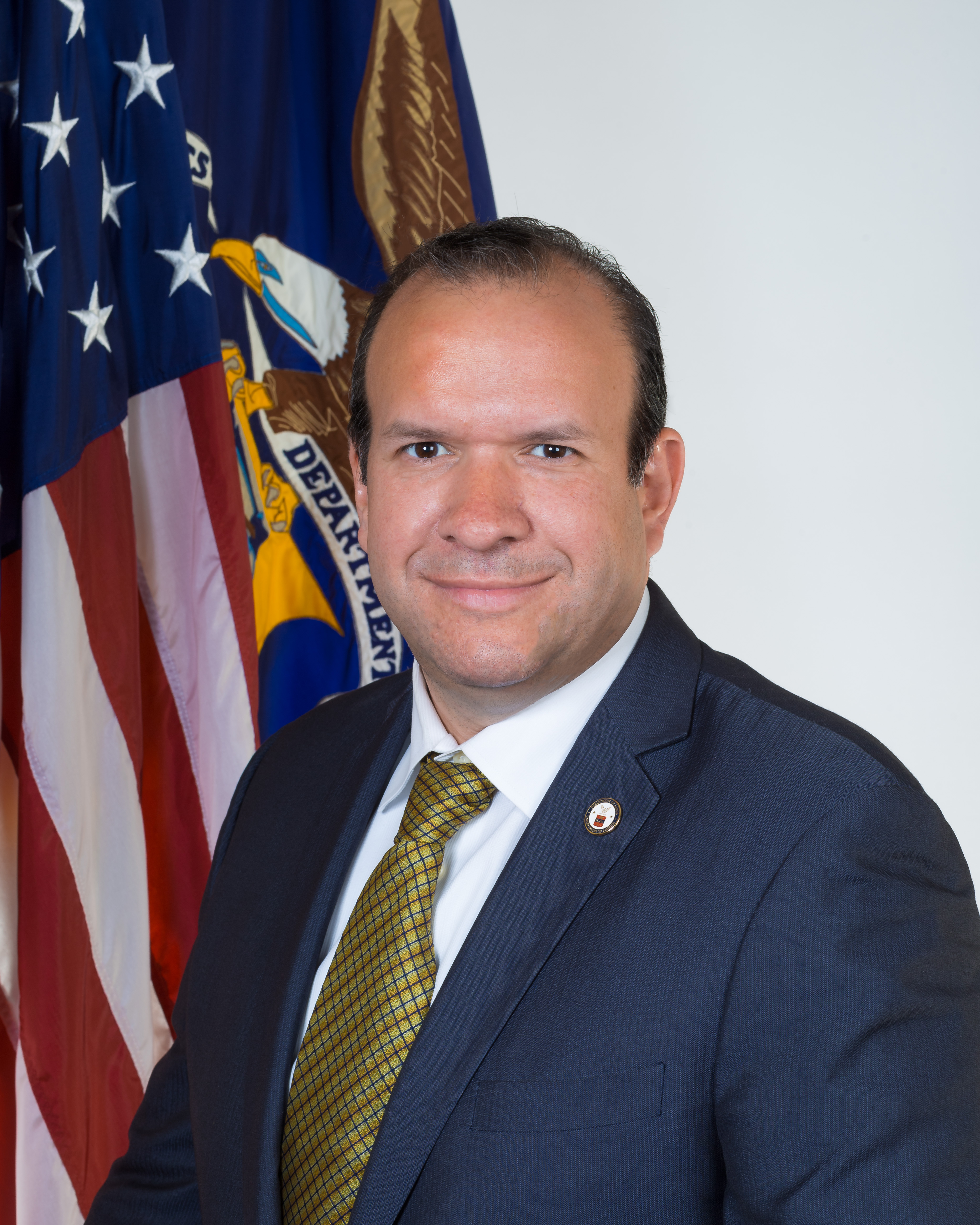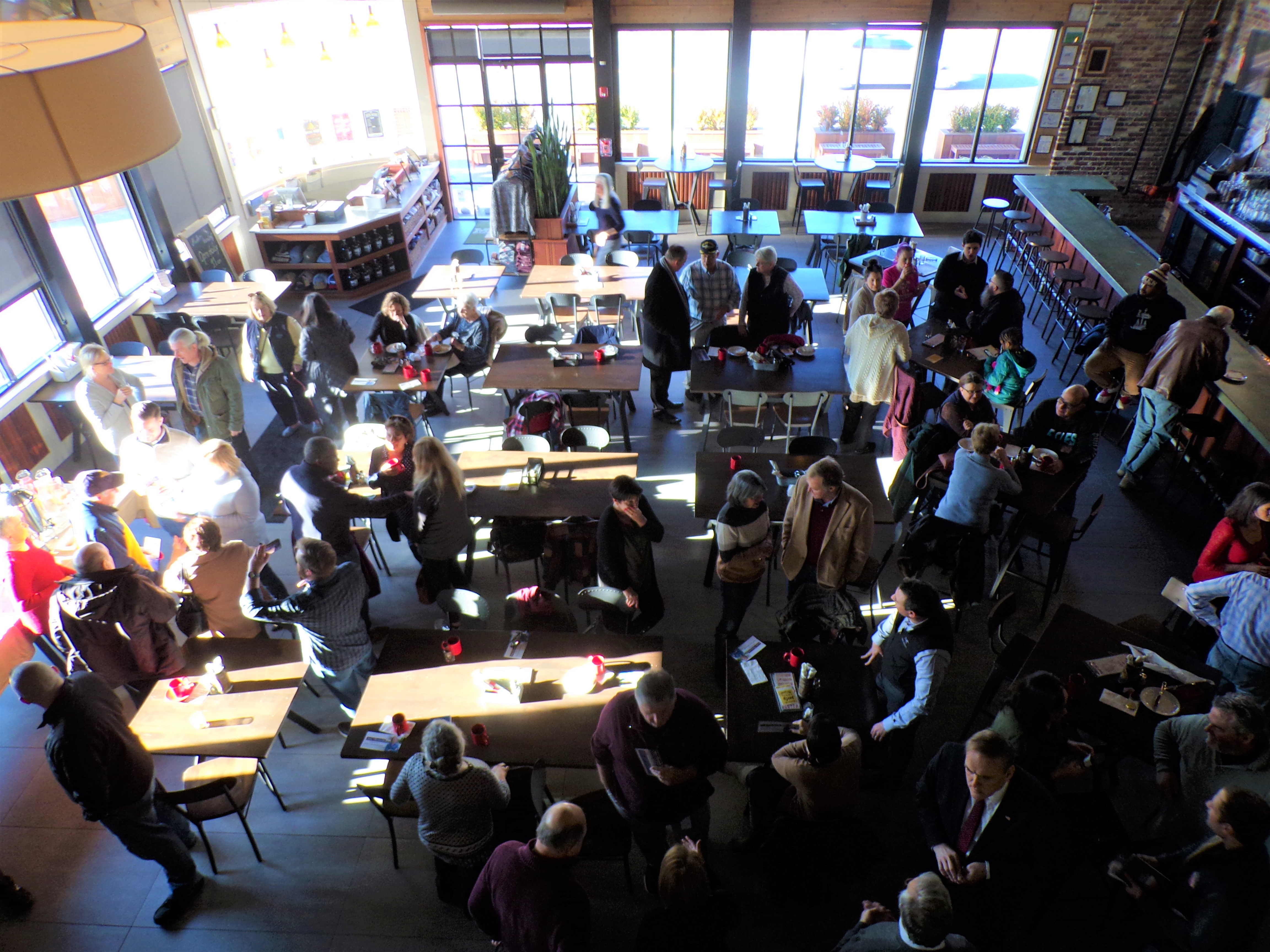Moorestown is a township in Burlington County, New Jersey, United States and an eastern suburb of Philadelphia. As of the 2010 United States Census, the township’s population was 20,726, reflecting an increase of 1,709 (+9.0%) from the 19,017 counted in the 2000 Census, which had in turn increased by 2,901 (+18.0%) from the 16,116 counted in the 1990 Census.
Moorestown was incorporated as a township by an act of the New Jersey Legislature on March 11, 1922, from portions of Chester Township (now Maple Shade Township), based on the results of a referendum held on April 25, 1922. The township is named for a Thomas Moore who settled in the area in 1722 and constructed a hotel though other sources attribute the name to poet Thomas Moore.
The township banned all liquor sales in 1915 and retained the restrictions after Prohibition ended in 1933. Referenda aiming to repeal the ban failed in both 1935 and 1953. In 2007, the township council approved a referendum that would allow the sale by auction of six liquor licenses (the state limit of one per every 3,000 residents), with estimates that each license could sell over $1 million each. The referendum did not receive enough votes to pass. In 2011, voters repealed the liquor ban; however, liquor sales in the township will be restricted to the Moorestown Mall.
In 2005 Moorestown was ranked number one in Money magazine’s list of the 100 best places to live in America. The magazine screened over a thousand small towns and created a list of the top 100 for its August 2005 issue, in which Moorestown earned the top spot because of its community feeling, in addition to plentiful jobs within the commuting area, excellent schools, low crime rate, and affordable housing. Another attribute is its proximity to Philadelphia (about a 25-minute commute), a center of jobs and cultural and urban amenities.
Main Street (formerly the King’s Highway) follows a ridge that had been occupied by the historic Lenni Lenape Native Americans. Two fine springs, one to the west (off Main Street before reaching the Perkins Center for the Arts, just by Roberts Elementary School) and one to the east (off North Stanwick Road) drew Native Americans and traders to the area.
In 1682, John and Sarah Roberts became the first English-speaking residents of Moorestown when they began to live in their home where the Roberts Monument is presently located on County Route 537 at the intersection with Route 73. In May 1686, three years after the founding of Philadelphia, John Rodman bought 500 acres (2.0 km2) on the west side of Chester Township, and Thomas Rodman bought 533 acres (2.2 km2) in the same area; this soon became known as the Village of Rodmantown. The growing area around the eastern spring was known as the Village of Chestertown.
In 1700, the first Society of Friends’ Meeting House, built of logs, was erected on the King’s Highway. Originally known as Meeting House Lane, Chester Avenue was laid out in 1720. The community at that time probably consisted of a few farmhouses along the King’s Highway from Stanwick Road to Locust Street.
Thomas Moore and his wife Elizabeth settled here in 1722. In 1732, Moore purchased 33 acres (130,000 m2) of land on the north side of the King’s Highway. The land ran from the west side of the Friends’ graveyard on the northwest corner of the King’s Highway and Meeting House Lane on the east, and west to Locust Street on the western boundary of his property and north to Second Street. Moore set up a hotel on the northwest corner of the King’s Highway and Union streets (Cornerstone Bank and the Wawa now occupy opposite corners there). Given Moore’s extensive property ownership, the name Moorestown gradually replaced Chester informally in the center of town. Finally, Moorestown formerly split off from Chester and became a Township.
The Coles Hotel, east of the corner of Main and Chester, was a stop on the stagecoach route connecting Camden with Trenton and Philadelphia. Construction of the railroad in 1867 superseded the stagecoaches and connected Mount Holly Township and Camden.
A tavern built in 1745 by John Cox at what is now Main and Schooley streets was taken over in 1778 during the Revolutionary War by Hessian officers retreating from Philadelphia. In the years after the war, it was used for a town hall before 1812, when what is now called “Old Town Hall” was constructed.
A house constructed in 1742 by John Cowperthwaite at King’s Highway and Lenola Road is listed in the Library of Congress with details of the house recorded in 1937 by the Historic American Buildings Survey of the United States Department of the Interior.
Quakers built Moorestown’s first two schools in 1785. A brick schoolhouse was located near what is now the intersection of Route 73 and the Kings Highway overpass. A stone schoolhouse was located adjacent to the present Friends Meeting House at the intersection of Chester Avenue and Main Street. The first district school was opened in 1810. The first free Moorestown public school was established in 1873.
Vernon Hill’s 46,000 square feet (4,300 m2) mansion Villa Collina — Italian for “Hill House” — the largest private residence in New Jersey, is located in Moorestown.
Moorestown’s Quaker heritage is discussed in Moorestown resident and native historian William H. Kingston’s book, Moorestown’s Third Century: The Quaker Legacy.
According to the United States Census Bureau, the township had a total area of 14.918 square miles (38.638 km2) including 14.693 square miles (38.055 km2) of land and 0.225 square miles (0.583 km2) of water (1.51%).
The township is located in southwest Burlington County and borders Maple Shade Township to the south, Cinnaminson Township and Delran Township to the west, Willingboro Township on the north and Mount Laurel Township to the east. Moorestown Township is approximately 10 miles (16 km) east of Philadelphia.
Moorestown-Lenola is an unincorporated community and census-designated place located within Moorestown, which had a 2010 population of 14,217.
Other unincorporated communities, localities and place names located partially or completely within the township include Bortons Landing, North Bend, Stanwick and West Moorestown.
As of the 2010 United States Census, there were 20,726 people, 7,450 households, and 5,624.750 families residing in the township. The population density was 1,410.6 per square mile (544.6/km2). There were 7,862 housing units at an average density of 535.1 per square mile (206.6/km2). The racial makeup of the township was 84.50% (17,513) White, 6.42% (1,331) Black or African American, 0.09% (18) Native American, 6.00% (1,244) Asian, 0.02% (5) Pacific Islander, 0.81% (168) from other races, and 2.16% (447) from two or more races. Hispanic or Latino of any race were 3.48% (721) of the population.
Source: Wikipedia














